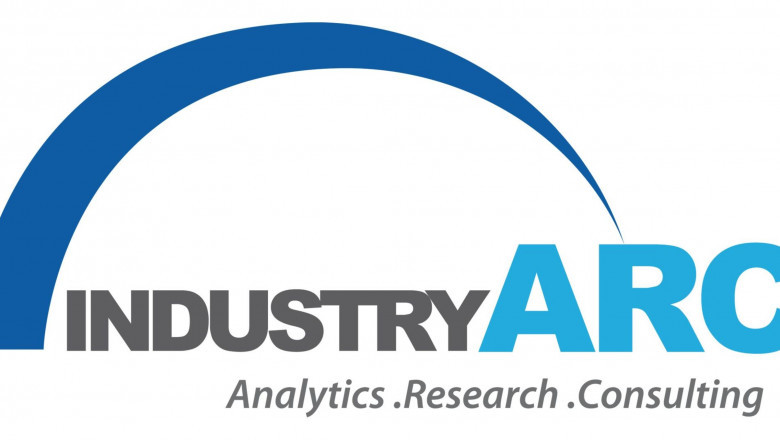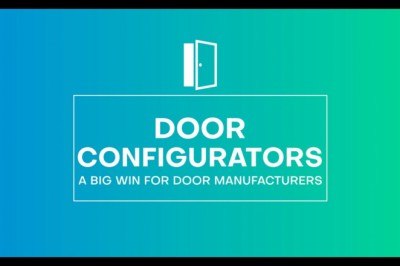views

Overview
Fuel Card Market size is forecast to reach $8.23 billion by 2025 growing at a CAGR of 5.9% during 2020-2025. The growth of the fuel card market is driven by the transforming customer experience, owing to the rise in adoption of prepaid cards among the millennial population. Moreover, an increase in preference towards payment digitization and influence of the Internet of Things (IoT) will supplement the fuel cards market growth. Additionally, the benefits associated with fuel cards such as cost transparency, discounted fuel, convenience, flexibility reporting, automatic expense reporting and improved efficiency will further enhance the overall market demand for Fuel Card industry during the forecast period.
Key Takeaways
- Europe dominates the Fleet Card or fuel card market owing to increasing acceptance of branded fuel cards at fuel refilling station across European countries.
- Benefits associated with fuel cards such as reward points, discounts, convenience have been attracting customers to adopt fuel cards. In addition to these, fleet cards or fuel cards provide access to data such as odometer reading and miles per gallon (MPG) in order to avoid fuel fraud, thereby driving the market.
- The need for fuel management and introduction of fuel cards or charge cards with discounts by major companies set to create opportunities for the fuel card market.
- Digitalization is opening the way for new ventures and marketing strategies for robust new service offerings for fuel card issuers. Simple loyalty programs to further offerings and services have been strengthening customer relationships and leverage business opportunities of companies, thereby driving the demand of fuel card industry.
Type - Segment Analysis
Branded Fuel cards segment held the largest share in the Fuel Card market in 2018. Branded fuel cards are the cards that are issued by fuel companies and can be used for a particular brand only. For instance, ExxonMobil, BP, Sunoco are some of the examples of companies issuing branded fuel cards. Increasing gasoline consumption in the U.S. Introduction of new fuel cards and expansion of their services in various countries set to drive the fuel card market size.
Application - Segment Analysis
Fuel Refill has been the primary market for Fuel Card. The transaction value of fuel cards has been increasing due to the high application of fuel cards in fuel refill. Introduction of customer benefit programs by various companies set to boost the fuel card market. For instance, Hindustan Petroleum Corporation Limited (HPCL) had introduced HPCL HP Refuel program which is a powerful loyalty and payment program that provides a complete fuel management solution to its owners and operators in the form of a combination of control, convenience, security, and attractive reward points. With these benefits, high adoption of fuel cards at petrol pumps for fuel refill is set to drive the fuel card market industry.
Geography - Segment Analysis
Europe dominated the Fuel Card market with a share of more than 33%, followed by North America and APAC. The presence (headquarters) of major companies such as BP, Shell and others in European countries has resulted in the high adoption of fuel cards in Europe. For instance, Shell fuel card has been accepted at over 27,000 sites across Europe and it had expanded its services to other parts of the World such as Middle East and African countries. In 2018, WEX Europe services had added its Esso card acceptance network in the U.K. Increasing acceptance of branded cards in more number of fuel station networks across European countries is poised to create opportunities for fuel cards in Europe.
Drivers – Fuel Card Market
- Need for improved fuel management
It is vital for fleets to monitor fuel purchases in order to manage and control fuel consumption. Fuel cards can provide good quality data on fuel purchases, helping to monitor individual vehicle and driver fuel economy, and implement effective strategies to improve performance. Fuel card reporting allows the tracking of fuel spend, the type of fuel purchased and the purchase location. This can help to encourage the use of lower cost sites and the purchase of standard rather than premium fuels. Adoption of fuel cards for fuel management set to drive the demand of fuel card market growth.
- Discounts on fuel cards
Discounts on fuel cards have been encouraging drivers or fleet managers to use fuel cards over credit cards. The trucking industry Governments globally are focusing on boosting the fuel economy in accordance with standards of the Corporate Average Fuel Economy; and Fuel Card help in the reduction of vehicular emission. At present, Fuel Cards are required to meet the inevitably strict vehicular emission standards, as developing countries such as China, and India are updating instructions to control emissions which will further boost the adoption of fuel additives.
Challenges – Fuel Card Market
- Security is the major issue with fuel cards
Fuel cards are as vulnerable to fraud as other types of payment at the pump. The use of skimmers which are the devices that grab numbers from cards swiped at pumps have increased the prevalence of fuel fraud. Additionally, a fuel card means a restricted network of petrol stations, limited to a particular brand of fuel. Due to this, drivers have to travel out of their way to find a forecourt where they can refuel. This hampers the growth of the fuel card market size. However, fuel card companies are focusing on developing ways to use the transactional data to better assess the transactions and determine whether they are fraudulent or not.
Market Landscape
Technology launches, acquisitions and R&D activities are the key strategies adopted by players in the Fuel Card market. In 2018, the market of Fuel Card has been consolidated by the top five players accounting for xx% of the share. Major players in the Fuel Card Market are BP p.l.c. ENGEN Petroleum Ltd, Exxon Mobil Corporation, Shell, WEX Inc, and among others.
Acquisitions/Technology Launches
- In May 2019, BP p.l.c. had launched a new fuel and charge fuel which can be used by fleet drivers in order to pay for petrol, diesel or electricity. The card provides fleets access to the BP Plus cross acceptance network of more than 3,600 fuel sites and the polar electric vehicle (EV) charging network which has more than 7,000 charge points. Drivers can check the nearest available EV charging points or BP forecourt through BP fuel and charge card app. The introduction of new fuel cards with various features set to create opportunities for fuel card market share.
- In March 2019, WEX Inc had acquired Go Fuel Card which is the fuel card business of EG Group. The Go Fuel Card business is headquartered in Netherlands with approximately 200,000 proprietary cards in circulation across the Belgium, France, Netherlands, and Luxembourg. This acquisition had made WEX Inc in strengthening their position in Europe by expanding its footprint in attractive markets and broadening their card acceptance through an independent, proprietary card network.












